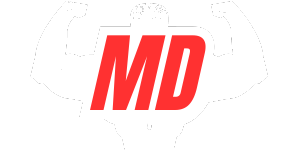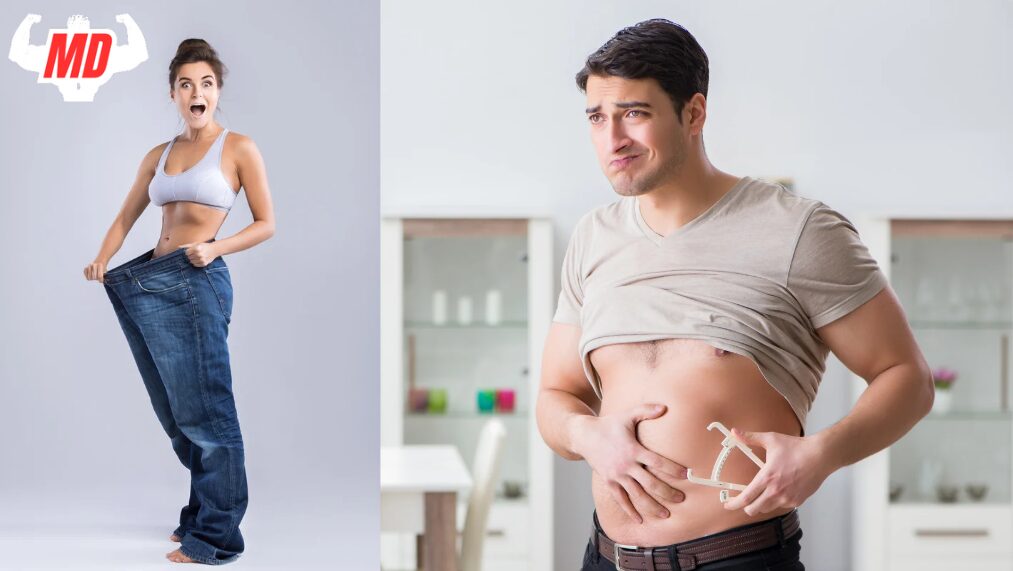Spot training and spot reduction are two of the most misunderstood concepts in fitness. Many people believe that by targeting a specific area of the body with exercises, they can reduce fat in that spot. It has led to countless workout programs promising to eliminate belly fat, slim down arms, or tone thighs. However, the science behind fat loss tells a different story.
The idea of targeted fat loss has been around for decades, but research has consistently shown that fat loss does not work this way. While it is possible to strengthen and define certain muscles through exercise, burning fat in a specific area requires an overall approach to weight loss.
What Is Spot Training?
Spot training refers to performing exercises that target specific muscles with the goal of toning or strengthening them. For example, doing crunches to work the abdominal muscles or tricep dips to define the arms are common forms of spot training. These exercises do help develop muscle in those areas, but they do not directly burn the fat covering the muscle.
The misconception arises when people assume that training a muscle group will also cause the body to burn fat in that region. In reality, spot training increases muscle strength and endurance, but does not dictate where the body loses fat. Fat loss is a systemic process that depends on overall caloric expenditure and metabolism.
What Is Spot Reduction?
The idea behind spot reduction is that exercising a particular area will cause that area to lose fat. That myth is promoted in fitness culture and often causes frustration when people do not see results. They may, for example, do excessive ab exercises, thinking this will result in a flatter stomach.
Yet scientific studies refute this claim. A study in the Journal of Strength and Conditioning Research found that abdominal exercises alone did not significantly reduce belly fat. Instead, fat loss occurs throughout the body depending on genetics and energy expenditure.
While it is possible to reduce overall body fat through a caloric deficit, the body decides where it sheds fat first, which is largely influenced by genetics. Some people may lose fat from their face and arms first, while others might see fat reduction in their legs or midsection.
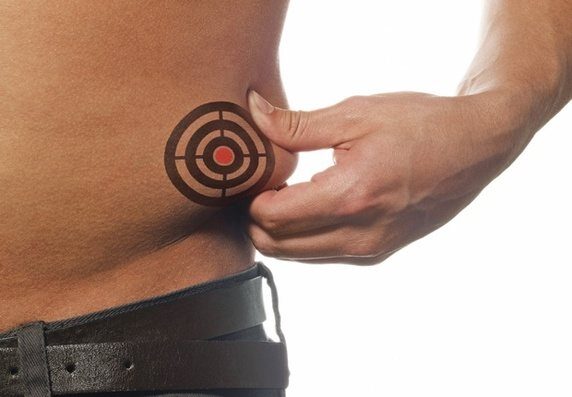
How Fat Loss Actually Works
Fat loss involves creating a caloric deficit—burning more calories than you consume. This causes your body to use stored fat for energy and gradually lose fat around your entire body. While exercise may be important in increasing caloric expenditure, diet may be as important as exercise in achieving fat loss.
Also, genetics determines where and how the body stores fat. Others notice fat loss first in the upper body or the lower body. But you can not tell where the body will burn fat first.
Also, understand how burning fat differs from building muscle. Strength training builds muscle to improve shape and tone.
The Best Ways to Reduce Fat Effectively
Activating multiple muscle groups during full-body workouts burns fat best. Compounded movements like squats, deadlifts, and push-ups engage various muscle groups and thus increase calorie burn and fat loss.
The lean muscle mass from strength training helps you lose fat. More muscle means a higher resting metabolic rate. In this state, the body burns more calories at rest. Resistance and progressive overload combined are the best ways to reshape the body while losing fat.
Cardio and high-intensity interval training (HIIT) also work for fat loss. During HIIT workouts, bursts of heavy exercise with brief rest periods maximize calorie burn during a relatively short period, which may improve metabolism and fat oxidation.
Nutrition is as important as exercise. A proper diet supports fat loss without adding calories. Manage portion sizes and avoid processed foods high in sugars and unhealthy fats.
Why Spot Training Still Has Benefits
Although spot training can not produce targeted fat loss, it offers benefits. Strengthening muscles improves body composition and definition. Active athletes and fitness buffs do targeted exercises.
Resistance training shapes the body. It does not burn fat directly in certain areas but builds muscle to make you look more toned and sculpted over time. For example, working the glutes with squats and lunges will create definition in the lower body when combined with fat loss.
Core training is another example of beneficial spot training. Strengthening the core improves posture, stability, and athletic performance. While crunches alone won’t eliminate belly fat, they can help create muscle definition that becomes visible once you reduce your body fat.
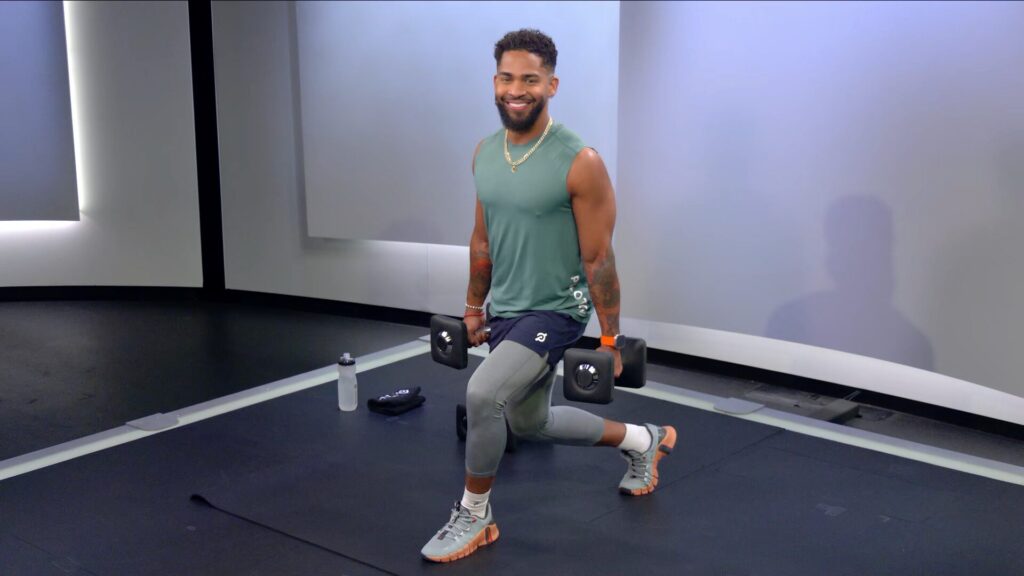
Common Fat Loss Myths and Misconceptions
More ab exercises will cause belly fat loss. Those crunches will actually burn belly fat only if you do so with a solid fat-loss program.
A second myth: Sweating more means burning more fat. The sweating process is a way for the body to control temperature and is not an indicator of fat loss. Fat is shed by the metabolic process, not by sweating.
Many people also believe that lifting weights makes them bulky. In reality, strength training helps with fat loss by increasing muscle mass and metabolism. Women, in particular, often avoid weights due to the fear of getting too muscular, but in reality, lifting weights helps achieve a leaner, more toned physique.
Creating an Effective Fat Loss Plan
The most effective fat-loss plans combine strength training, cardio, and healthy eating. A balanced program burns fat while maintaining muscle mass.
Realistic expectations are essential for long-term success. Weight loss involves consistency. Crash diets & extreme exercise routines work temporarily but are not sustainable.
Tracking progress via body measurements, photos, and strength improvements helps you stay motivated. The scale isn’t always the best gauge of progress because muscle gain can offset fat loss. Keep up the workouts and eat well.
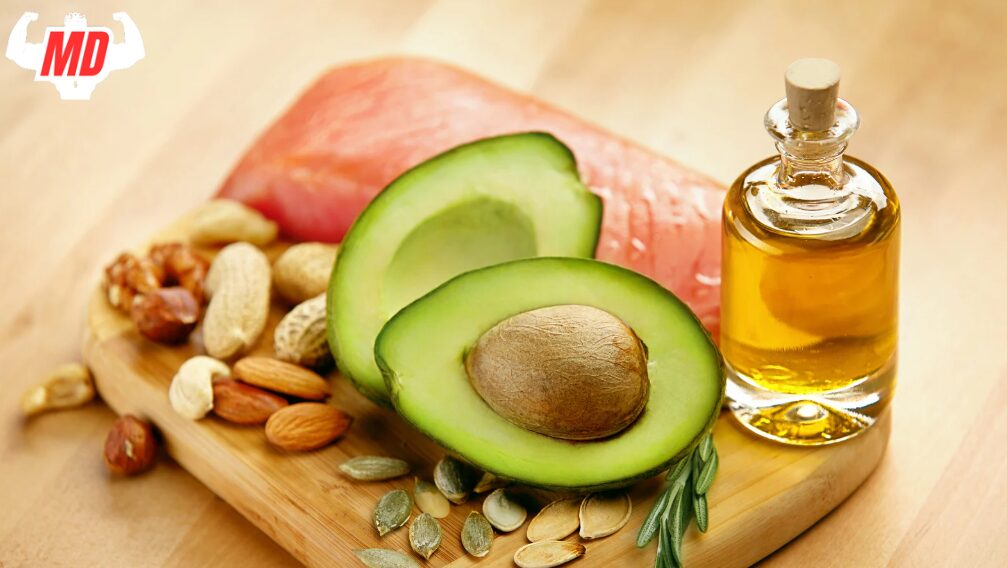
Frequently Asked Questions
Can I lose belly fat with sit-ups?
No, sit-ups strengthen the abdominal muscles, but they do not specifically burn belly fat. Overall, it is necessary to see the definition of fat loss in the midsection.
What is the best exercise for fat loss?
Full-body exercises like squats, deadlifts, and HIIT workouts are the most effective for burning fat. These exercises increase calorie expenditure and promote overall fat reduction.
Is it possible to target fat loss with diet alone?
Diet contributes to fat loss, but the best results are achieved by combining proper nutrition with exercise. A healthy diet supports a caloric deficit, while exercise improves muscle tone and overall fitness.
